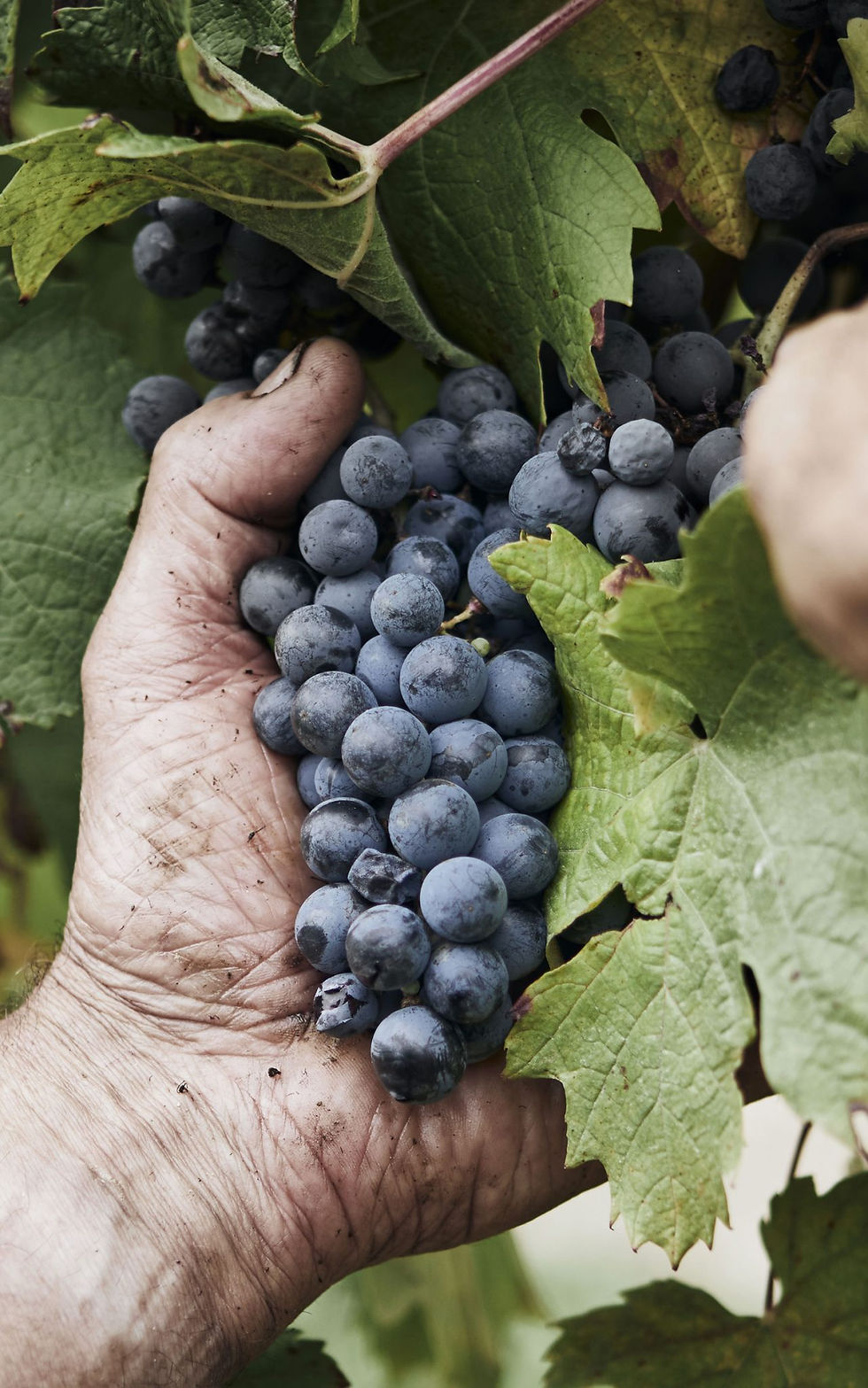Gods, Nymphs, and Grottoes: Exploring Sanssouci’s Sculptural Magic
- Geraldine Provost

- 11 hours ago
- 2 min read
In the terraced gardens of Sanssouci, every step feels like a dialogue with history. The statues breathe with the wind, glimmer with the sunlight, and listen to the murmur of the park’s fountains. At the foot of the vineyard hill, the French Rondel unveils twelve life-size marble figures, sculpted under the direction of François Gaspard Adam, head of Frederick the Great’s Berlin sculpture workshop. Mercury, Venus, Apollo, Diana, Jupiter, Juno, Minerva, and Mars stand alongside allegories of the four classical elements — water, air, earth, and fire.

The torsions of their bodies, the flowing drapery, and the subtle tension of their poses are hallmarks of the late Baroque — an art of motion, vitality, and theatricality. The Museum Barberini observes that “the exaggeration of the forms produces an almost theatrical dynamic.” These figures are more than decoration: they convey Frederick’s vision of harmony in nature and the ideals of the Enlightenment, while reflecting the cultural exchange with France — Mercury and Venus were gifts from Louis XV in 1750.
Higher on the vineyard terraces, statues such as Flora with Zephyr and Cleopatra with Mourning Cupid, also by Adam, converse with the gardens themselves. In spring, the budding vines echo the curves of the marble; in autumn, the low sun casts long shadows that emphasize every fold of drapery and every nuanced gesture.
The New Chambers (Neue Kammern) terrace presents 26 Carrara marble statues, created between 1745 and 1749 by Italian sculptors and Asmus Frauen. Among them: Apollo with his lyre, Endymion sleeping, Narcissus, Hercules, and various nymphs. Each figure is carefully positioned to interact with light, perspective, and the surrounding flora, creating an intimate dialogue between sculpture and garden.
Inside the palace, the Marble Hall displays statues by Georg Franz Ebenhech representing Architecture, Music, Painting, Sculpture, and Astronomy — a reflection of Frederick’s intellectual passions and a celebration of the arts as a foundation of enlightened rule.
Further along, the Neptune Grotto, designed by Georg Wenzeslaus von Knobelsdorff between 1751 and 1757, presents Neptune standing amidst cascading waters, shells, and sculpted grotto walls. The effect is almost alive: water, stone, and marble combine in a delicate harmony, transforming architecture into a living, breathing space.
The gardens of Sanssouci are never still. Each season alters their rhythm: blossoms frame statues, shadows shift over marble torsos, and even the smallest breeze seems to animate the figures. The Rondel’s gods, the terrace heroes, and Neptune himself all participate in this symphony of light, stone, and vegetation.

Every statue tells a story: a philosopher-king, a nation in dialogue with France, and a landscape shaped yet alive. Marble, sunlight, water, and trees compose a silent symphony, fragile but unforgettable. Perhaps this is the true treasure of Sanssouci: the sense that art and nature can breathe together, quietly and profoundly.
Sources:
Museum Barberini – French Rondel, Sanssouci Park
SPSG – Neptune Grotto
SPSG – Research on the Rondel and Sculptures
Wikipedia – Georg Franz Ebenhech
Wikipedia – Neue Kammern
Wikipedia – François Gaspard Adam
Brandenburg Tourism – Neptune Grotto
World Guide to Architecture – Knobelsdorff & Sanssouci
Country Life – The Rococo Jewel of Sanssouci
Header Photo Credit: Julia Filirovska https://www.pexels.com/photo/sculptures-in-the-king-john-iii-palace-museum-wilanow-warsaw-poland-8259138/










Comments